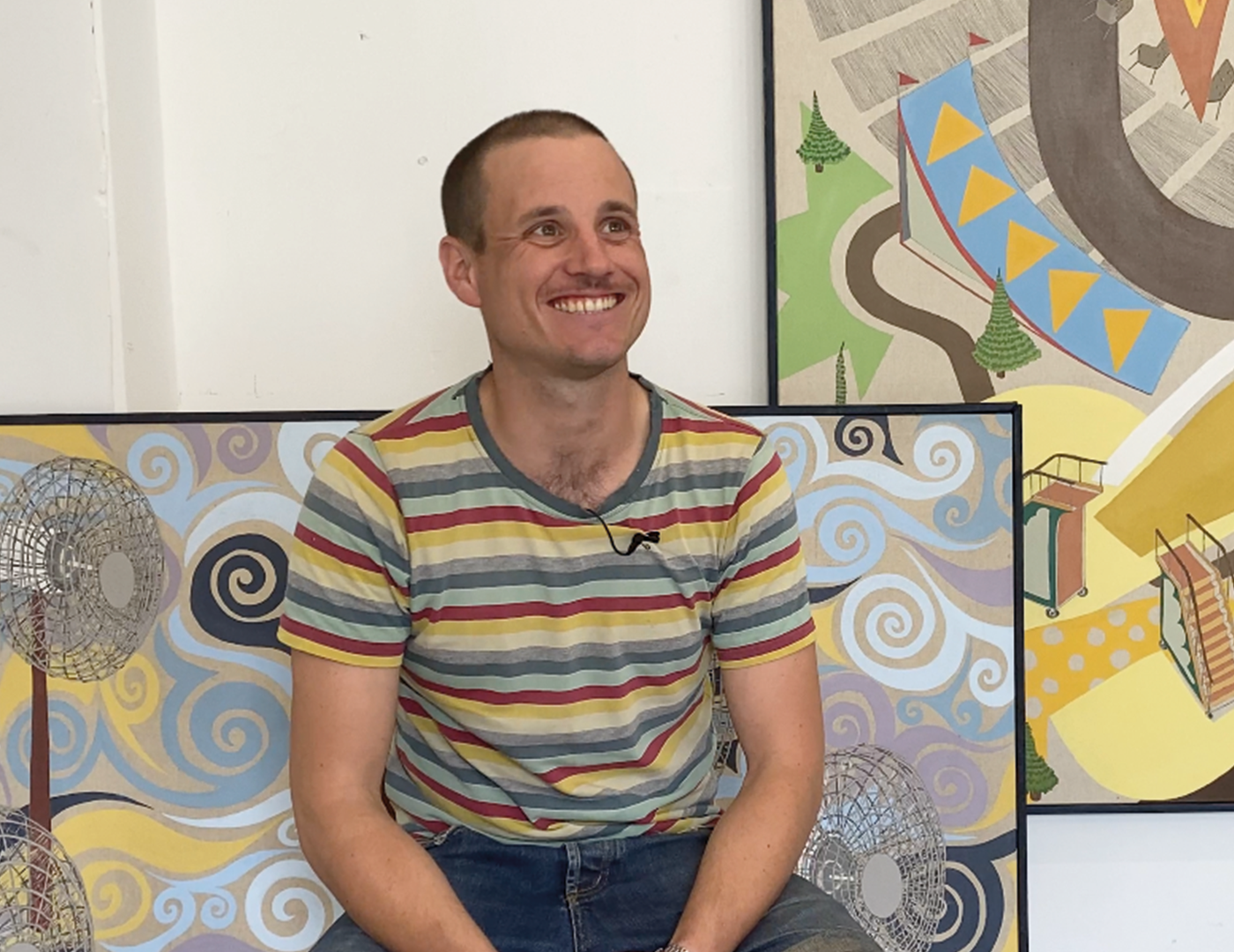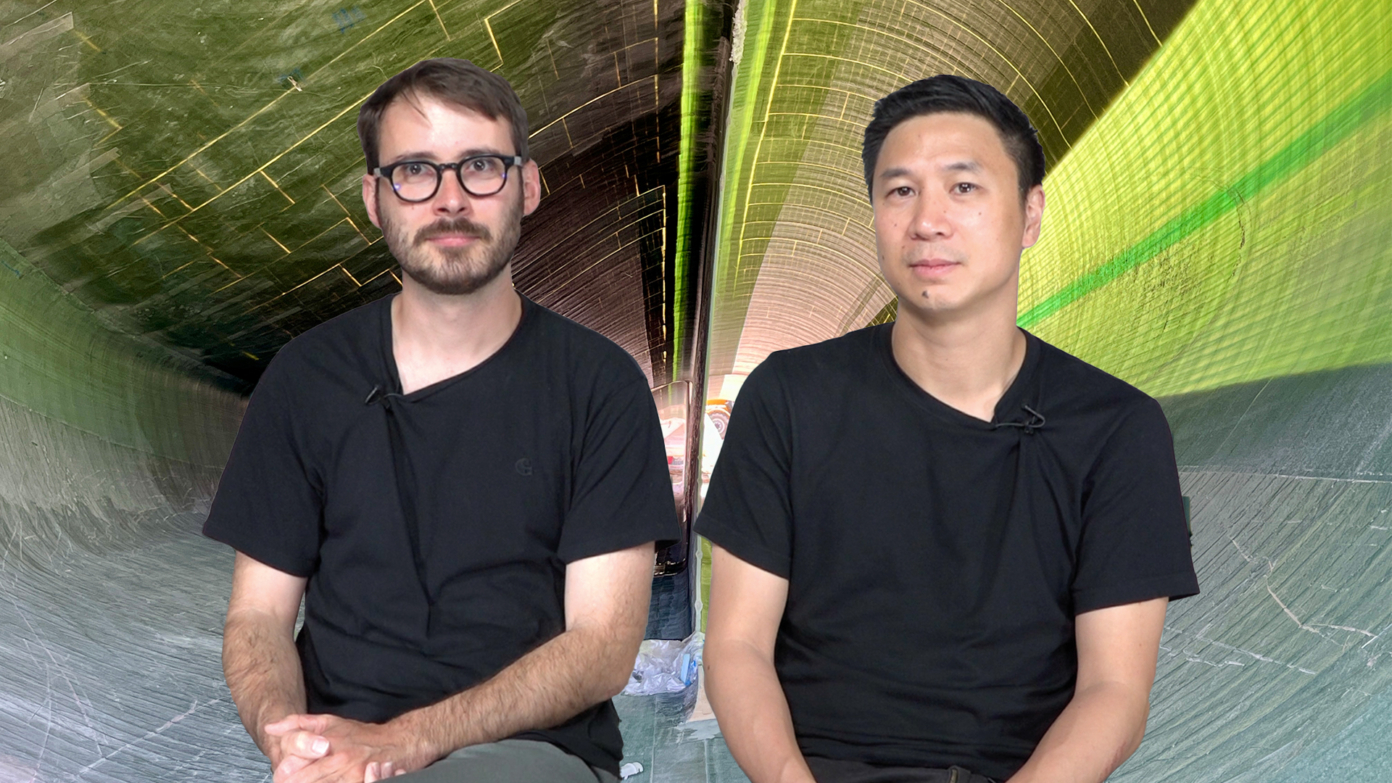Is mixing disciplines necessary to imagine breaking away from our mental frameworks?
Absolutely. As a social anthropologist, the core of my work lies in the articulation between humanities and social sciences on one hand and academic production on the other. It involves exploring the description and the understanding of social practices related to today’s digital world, the uses of smartphones, geographic distributions related to technologies, and so on. In a second phase, I put these observations to use as input data for design fiction. This helped me understand that there is no single way of building relationships with technologies. It also invites us to take into account a certain amount of nuances that can stem from field surveys, for instance. Though I serve as an associate professor at HEAD – Genève, I don’t consider myself a designer and my relationship to design is associated with the search for coherence between form and substance. This ability to observe the world and draw up a creative synthesis appeals to me. I am, therefore, more interested in social practices and esthetics than in techniques and technologies per se.
You are investigating something called “design fiction.” What is it and how did this design technique arise?
Since the early twentieth century, there has been this idea that creation in design isn’t necessarily just geared towards solving a problem, but that it also aims to highlight the challenges and consequences of certain changes—in terms of thought, attitudes, climates, etc. What’s novel with design fiction, which emerged roughly fifteen years ago, is that it’s not simply about making a critical diagnosis, but also about anticipating the future through the creation of prospective narratives and a repertoire of forms and archetypes that are unique to our times.
There are many different ways of using design fiction. Within our design studio, the Near Future Laboratory, we are exploring the way in which the invention of new tools influences (and will influence) our relationship with the world, our ways of being together, and our forms of sociability. We apply design fiction to raise awareness among the major players of tomorrow’s world—corporations and local authorities—about possible desirable futures. To achieve this, we must move beyond the deeply rooted shared imaginaries of the Western world and start exploring other perspectives, such as those opened in Mexico or in India. It therefore comes down to imagining the future in order to reconfigure the present and trigger the activation of forward-looking strategies aimed at making the future more livable.
But design fiction is nothing more than an intermediary object for me, serving to build awareness and generate discussion, debates, or creative processes for products and services. We should absolutely not stop at creating scenarios without trying to apply them, or possibly move beyond them. This requires both time and energy, as well as skills and a form of expertise to support these changes.
The successive lockdowns highlighted how resourceful people can be and all sorts of desires for a “world after COVID-19” emerged. Inertia and the difficulty in measuring the immediate effects of concrete actions were also patent. It is critical to promote fictions to turn them into reality, which should hinge both on the private and public sectors.










